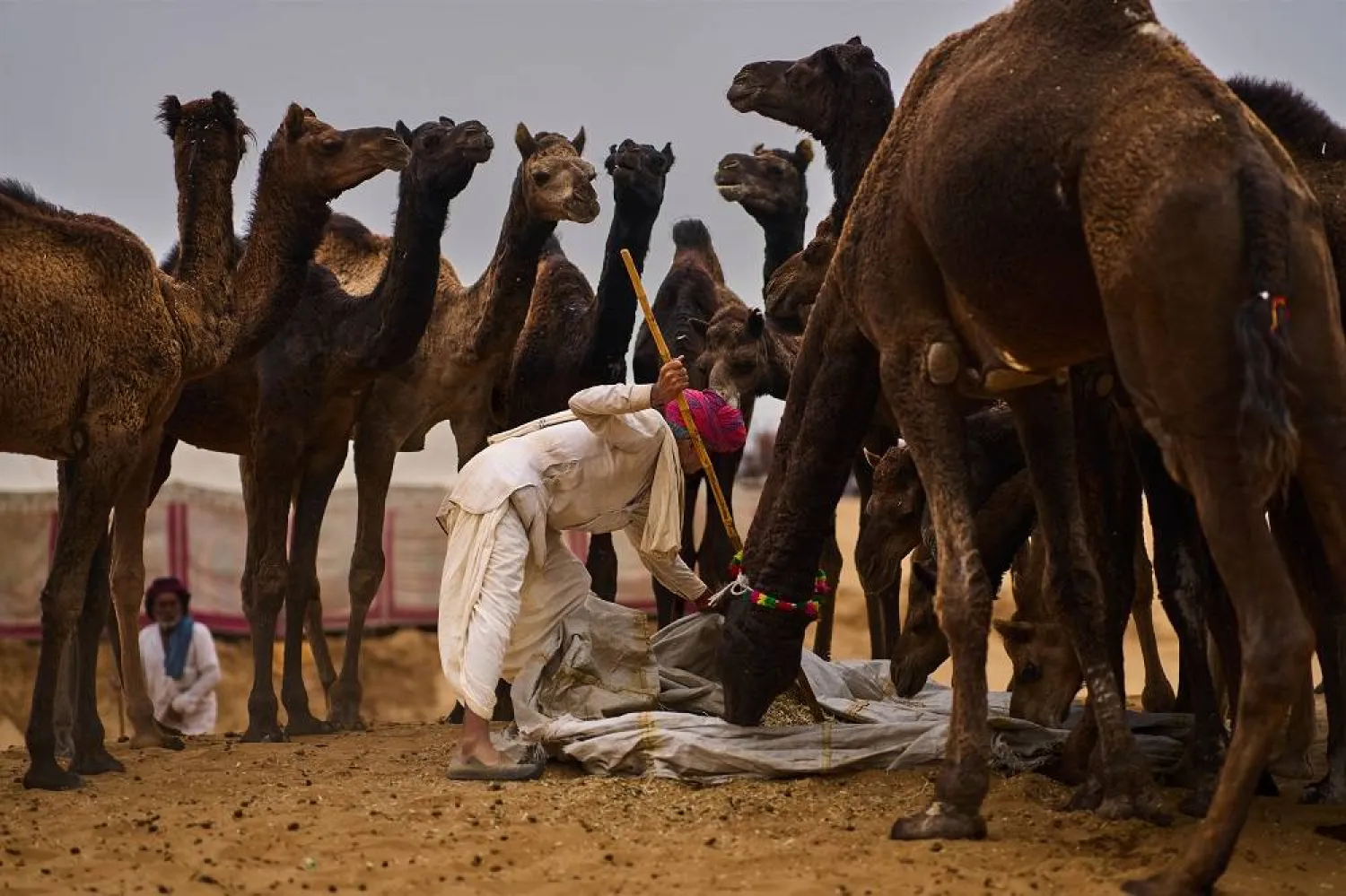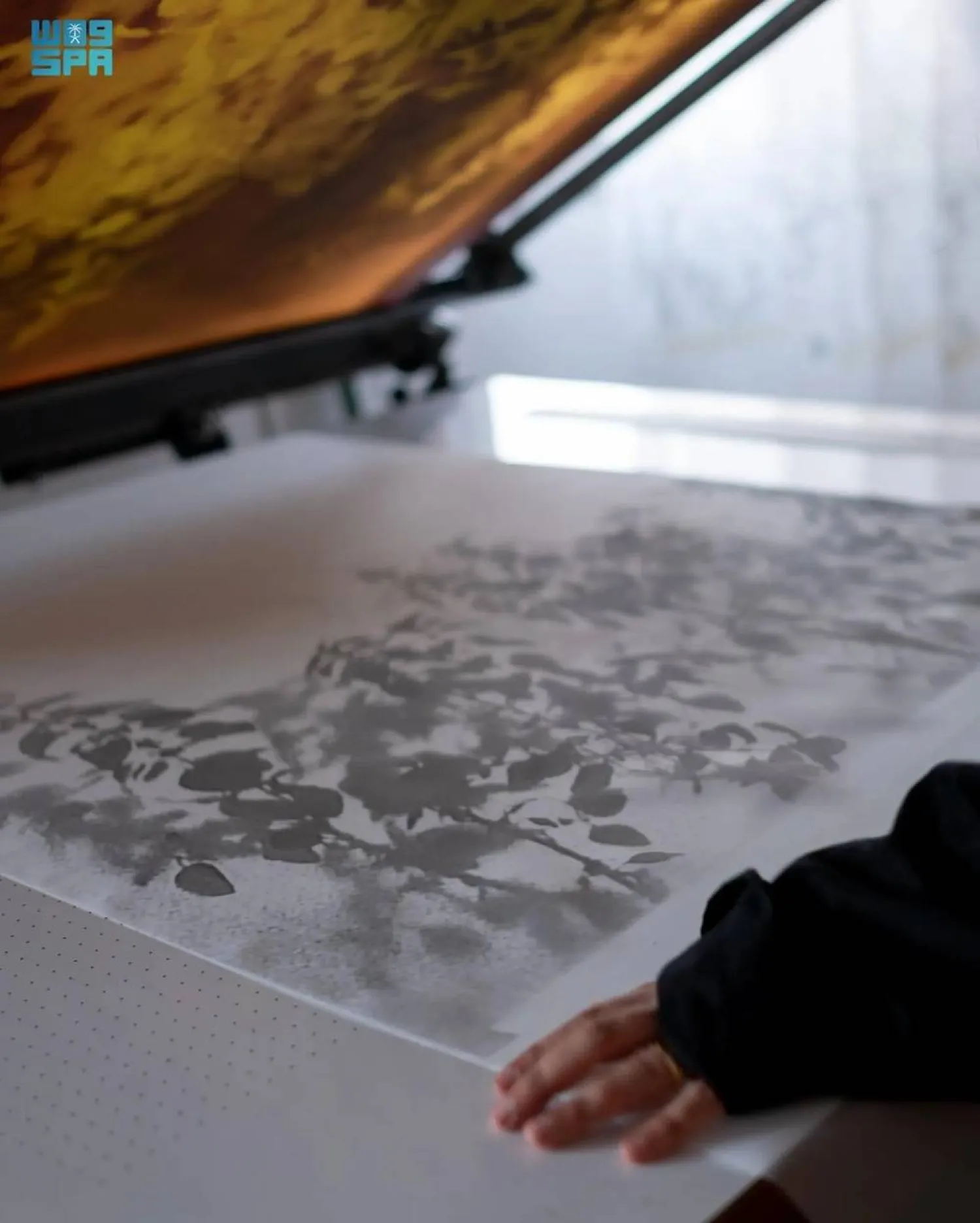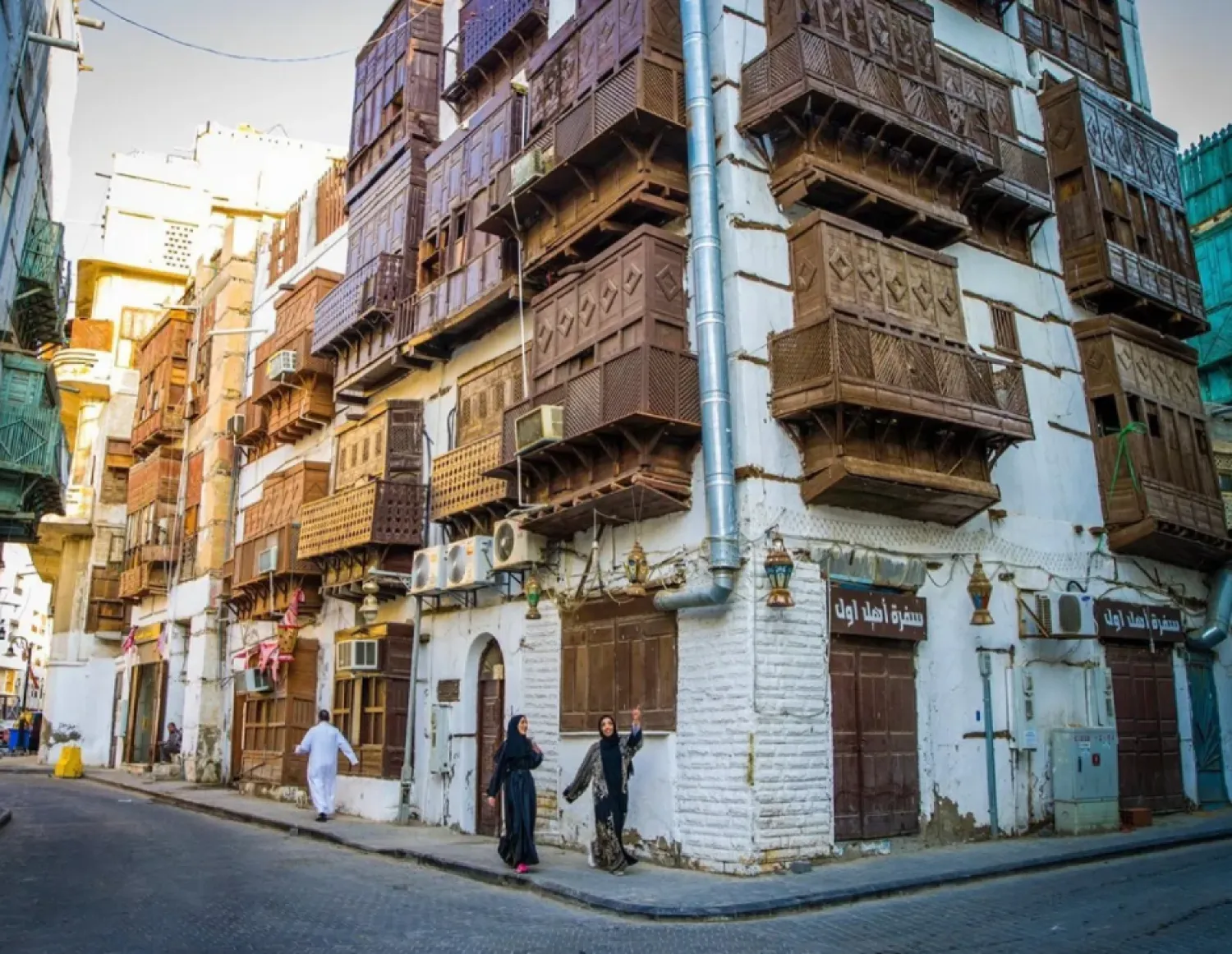Critic Muhammad Abdul Muttalib published a new book, “Poetry Reading”, in collaboration with the General Egyptian Book Authority. It includes readings of selected poems written by classic poets like Ahmed Shawqi, and Elia Abu Madi. It also dedicates a special, wide space for one of the most esteemed Arabic poetry experiences in the 20th century, Nazik al-Malaika, an Iraqi poet and academic professor whose journey was influenced by a father, who practiced zajal, and a mother who wrote poetry.
Nazik graduated from Dar Al Moalemeen and started her academic journey with a scholarship to study literary criticism in the United States, where she also studied comparative literature, in 1954. Her first poetry collection, “Night Lover”, was released in 1947, including “Cholera”, a poem described as free poetry. Her second collection, “Shards and Ashes” saw the light in 1949, featuring several poems written in a modern style, followed by a third collection, “Wave Decision” in 1957. She also wrote a book, “Causes of Contemporary Poetry” (1962) that discussed free poetry.
Abdul Muttalib believes that discussions of the “Cholera” poem, which marks an important milestone in Nazik’s experience, should be preceded by discussing the “beginnings” of free poetry. Nazik al-Malaika claims that she created the so-called free poetry movement in Iraq. But when she made this remark, she didn’t know that many made similar attempts before her including Ali Ahmad Bakathir, Muhammad Farid Abu Hadid, Mahmoud Hassan Ismail, and Louis Awad.
The critic notes that Nazik’s first and second claim, in which she admits that some poets preceded her to this style, were made in 1962 and 1974, during which the first and fourth prints of her book, “Causes of Contemporary Poetry” were published.
Opinions were diverse on who debuted the free poetry movement; some suggest it started in Iraq, in 1921, while others claim it emerged in Egypt, in 1932. This divergence pushed Nazik to set four terms that define free poetry: a poet should be aware he’s working with a new rhythmic pattern, the pattern should catch the attention of the audience, a poet should present his work with an explanation, and call peers to follow and analyze his work.
Abdul Muttalib explains that the “Cholera” poem was based on “hearing”; it revolves around a radio station that announces the outbreak of cholera in Egypt, how victims are increasing every day, and how the poet is coping with a tragedy.
The two main terms used in the poem created a sad writing field: “night” inspires darkness, while “death” (used six times in the poem) recalls pain, cries, and tears. This dark background was effective in turning the writing path into a dramatic clash on the level of sound and action. The first lines of the poem imply that the poem is close to a romantic moment, but then drama hits with silence and yelling.
“It seems the poetic culture rooted in Nazik’s consciousness transformed the day into an extension of the night, which means salvation was delusional. This type of expression was already seen in a poem by Imruʾ al-Qais,” the author said.









